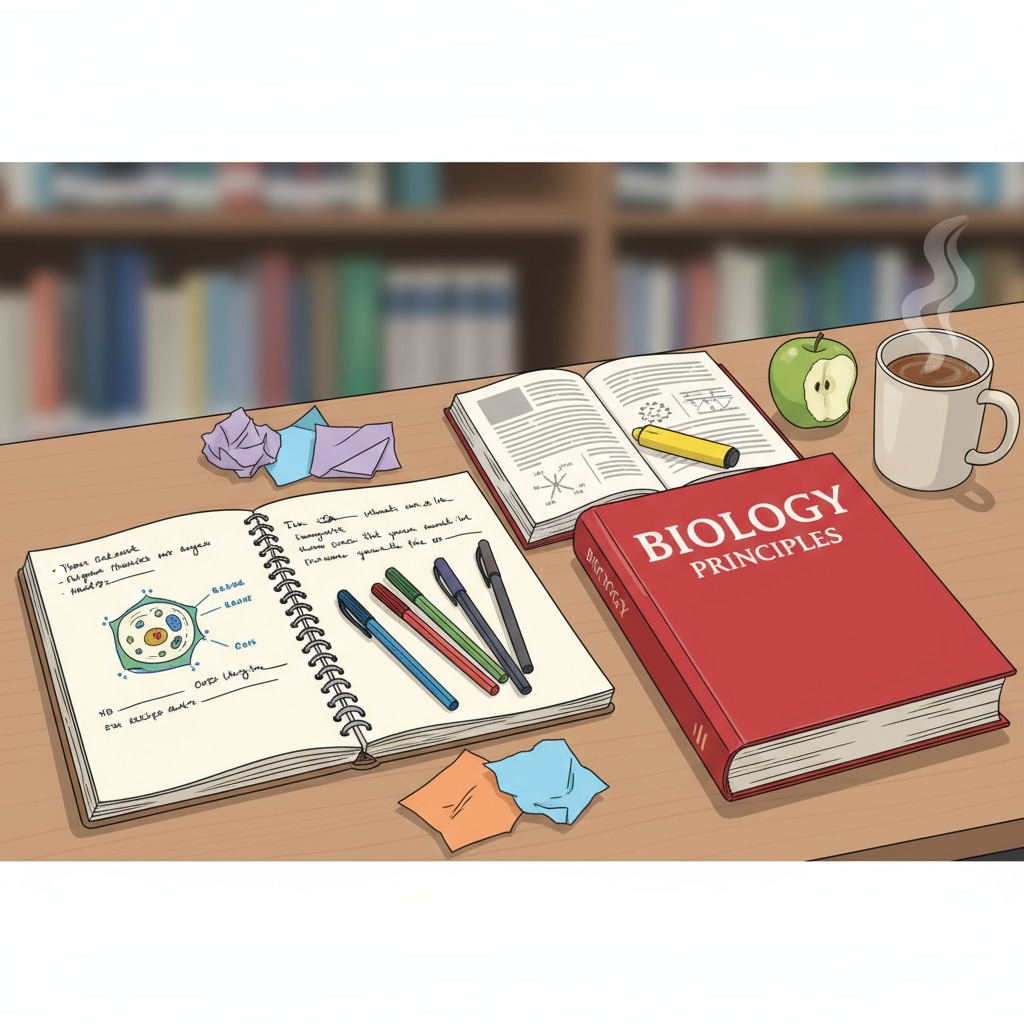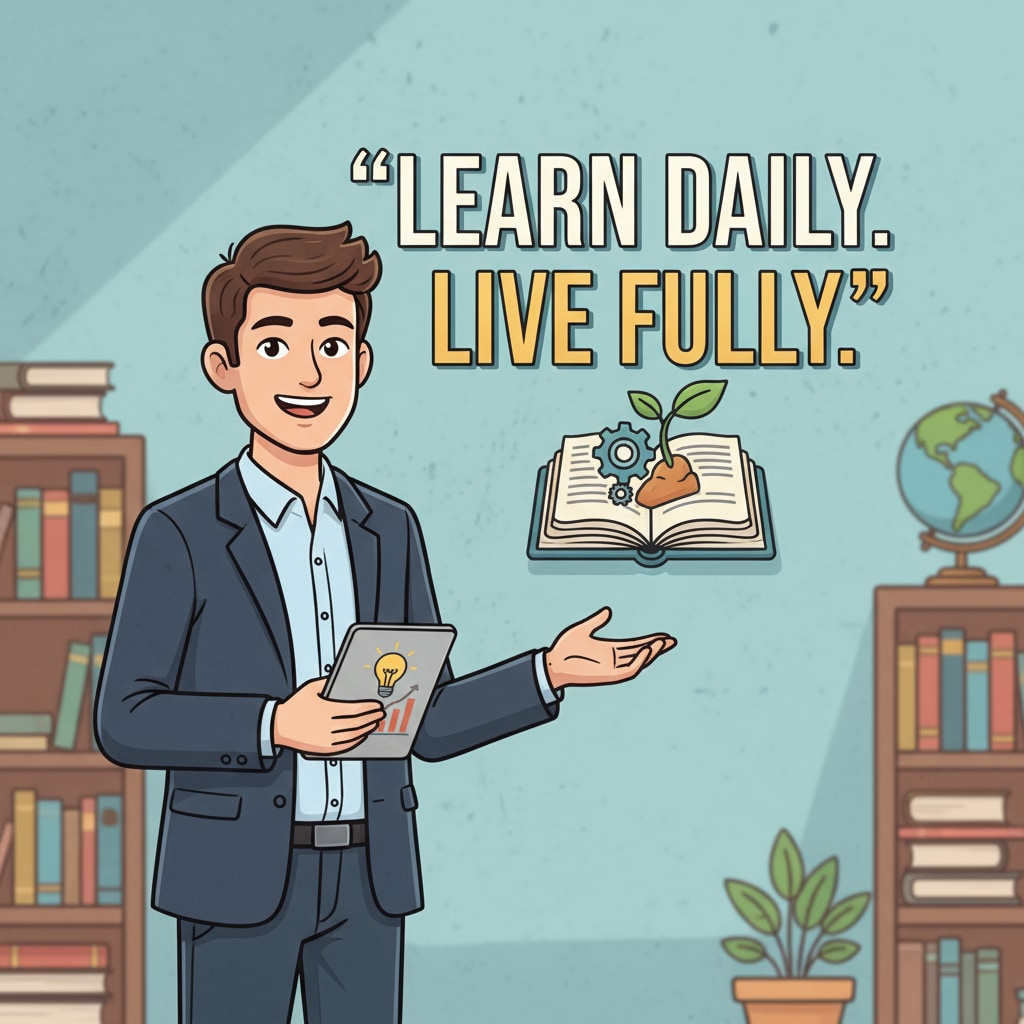High school performance, self-education, and quality of life are intertwined aspects that can shape a student’s future. For those who have faced challenges in their high school academics, self-education can be the key to turning things around. It offers a chance to not only improve academic standing but also enhance the overall quality of life in the long run.

Adjusting the Mindset
First and foremost, a positive mindset is crucial. Students who have struggled academically in high school often carry self-doubt and negative thoughts. However, it’s essential to realize that past performance doesn’t define the future. According to Psychology Today, a growth mindset, which believes that abilities can be developed through effort, is key to achieving success. By adopting this mindset, students can approach self-education with enthusiasm and determination. For example, instead of being discouraged by a low grade, they can view it as an opportunity to learn and improve.

Optimizing Learning Methods
Once the mindset is right, it’s time to focus on learning methods. Every student has a unique learning style, whether it’s visual, auditory, or kinesthetic. Understanding one’s learning style can significantly enhance the effectiveness of self-education. For instance, visual learners may benefit from using mind maps and flashcards, while auditory learners could listen to educational podcasts or recorded lectures. Additionally, time management is vital. Creating a structured study schedule and setting realistic goals can help students make the most of their self-education time. As stated by Education Corner, proper time management ensures that students cover all necessary topics and have enough time for practice and revision.
Another important aspect of optimizing learning methods is seeking out additional resources. The internet is a treasure trove of educational materials, from online courses on platforms like Coursera and Khan Academy to educational YouTube channels. These resources can provide in-depth knowledge and different perspectives on various subjects, enriching the self-education experience.
Readability guidance: As seen above, we break down complex ideas into short paragraphs. Each H2 section has a clear focus, and we use examples and external references to support the points. We also include transition words like ‘however’, ‘for example’, and ‘additionally’ to make the flow of the article smooth.


